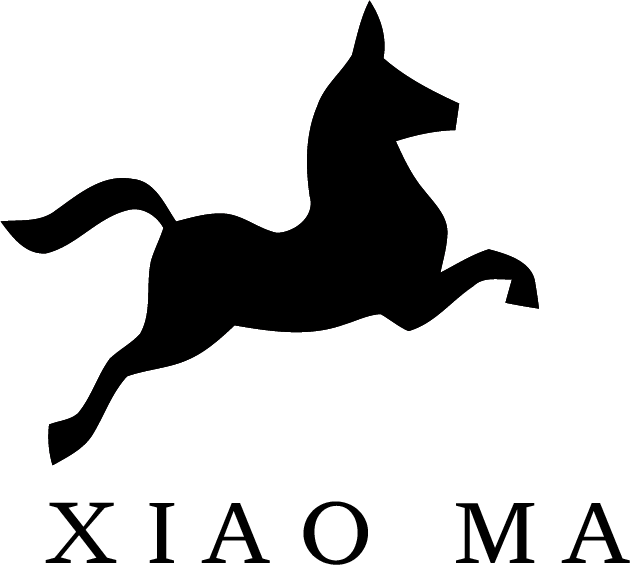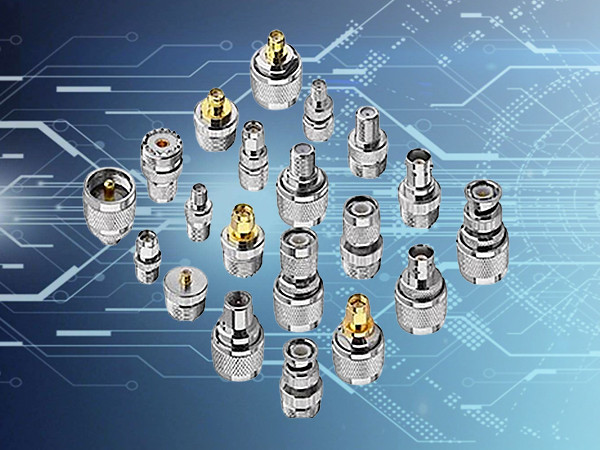Coaxial RF connectors are an integral part of modern communication systems, enabling seamless signal transmission across a variety of devices and applications. In this guide, we'll dive into what makes these connectors essential, explore their types and uses, and offer insights for selecting and maintaining the right connectors for your needs.
RF Connector Supplier - xiaomaantenna.com
What are Coaxial RF Connectors?
Coaxial RF connectors are specialized components designed to terminate coaxial cables, facilitating the efficient transfer of radio frequency (RF) signals between devices. Known for their reliability and versatility, these connectors find applications in numerous fields, from telecommunications to medical equipment.
The Basics of Coaxial RF Connectors
Definition and Purpose
Coaxial RF connectors serve as the bridge between coaxial cables and electronic devices, ensuring minimal signal loss and interference. Their robust design accommodates a wide range of frequencies, from low MHz levels to GHz spectra.
Key Features of RF Connectors
- Impedance Matching: Ensures optimal signal flow.
- Durability: Withstands environmental stress and usage wear.
Variety: Comes in many forms to suit different applications.
Types of Coaxial RF Connectors
Below is a quick comparison of the most commonly used coaxial RF connectors to help you choose the right one for your needs:
Each type of coaxial RF connector serves a specific role:
BNC Connectors
Common in video broadcasting and test equipment, these connectors support quick connect/disconnect functionality.
SMA Connectors
Ideal for microwave frequencies, SMA connectors feature a threaded design for precision and reliability.
TNC Connectors
A twist on the BNC design, TNC connectors perform better in high-frequency applications, often used in aerospace settings.
N-Type Connectors
These robust connectors support frequencies up to 11 GHz, making them suitable for large communication setups.
F-Type Connectors
Common in cable television systems, F-Type connectors prioritize cost efficiency without sacrificing performance.
Applications of Coaxial RF Connectors
- Telecommunications: Essential for cellular and satellite communication systems.
- Broadcasting: Used in studio equipment to deliver high-quality signals.
- Medical Devices: Found in imaging equipment like MRI machines.
- Aerospace: Integral in avionics and military communication devices.
IoT Devices: Supports smart home and industrial IoT networks.
Advantages of Coaxial RF Connectors
- High-Frequency Support: Suitable for modern applications like 5G.
- Reliable Signal Transmission: Maintains quality over long distances.
Durable Construction: Resistant to environmental and mechanical damage.
Key Considerations When Choosing RF Connectors
Choosing the right coaxial RF connector involves several factors:
- Impedance Matching: To prevent signal distortion.
- Form Factor: Ensures the connector fits your system.
- Frequency Range: Matches the operational range of your application.
Environmental Conditions: Accounts for exposure to moisture, heat, and more.
Installation and Maintenance Tips
- Proper Assembly: Follow manufacturer guidelines to avoid damage.
- Handling Precautions: Use proper tools to prevent connector deformation.
Maintenance: Regular inspections help avoid performance degradation.
Troubleshooting Common Issues
Signal Loss Causes
- Loose connections
- Impedance mismatches
- Worn-out connectors
Solutions to RF Interference
- Shielding techniques
- High-quality connectors
Regular system checks
Future Trends in RF Connectors
Emerging technologies like 5G and 6G are driving innovations in RF connectors. Trends include smaller connectors, enhanced materials for longevity, and tailored solutions for high-speed networks.
FAQs
1. What are the most popular types of RF connectors?
SMA, BNC, TNC, N-Type, and F-Type connectors are widely used across industries.
2. Can RF connectors be used for 5G applications?
Yes, SMA and N-Type connectors are commonly employed in 5G infrastructures.
3. How to troubleshoot signal loss in coaxial RF connectors?
Check for loose connections, damaged cables, or environmental interference.
4. What’s the difference between SMA and TNC connectors?
SMA is compact and threaded, ideal for high frequencies. TNC offers better performance in harsher conditions.
5. Are RF connectors weatherproof?
Some, like weather-sealed N-Type connectors, are designed for outdoor use.
6. How to choose the best coaxial RF connector for my device?
Consider impedance, frequency, and environmental factors to select the best match.
Conclusion
Coaxial RF connectors play a pivotal role in enabling modern communication technologies. By choosing the right connector type, maintaining it properly, and staying informed about technological advancements, you can ensure superior performance across a variety of applications.
Related Articles
- Custom Antenna Design for High-Performance Wireless Systems2024-12-24
- The Different Types and Uses of RF Cable Assemblies2024-10-15
- Understanding RFID Antenna and VHF/UHF Antenna: Functions, Types, and Benefits2024-12-17
- Choosing the Best LoRa Antenna for Your IoT Applications2024-12-11
- 10 Key Factors to Consider When Choosing an RF Connector2024-12-05
Contact us with the RF and Microwave coaxial connectors, RF cable assemblies and Antennas.
Get A Quote

XIAOMA is a supplier specializing in the R&D and manufacturing of RF CONNECTORS,CABLE ASSEMBLY AND ANTENNAS products. It also provides one-stop radio frequency solutions for electronic equipment. XIAOMA Technology's products are widely used in consumer electronics, communication equipment and infrastructure, mobile terminals and automotive electronics.
Contact Info
Contact Person : Rick, Haifa
Wechat / WhatsApp: + 86 18651023520
Follow
Share
Download after filling out the form
